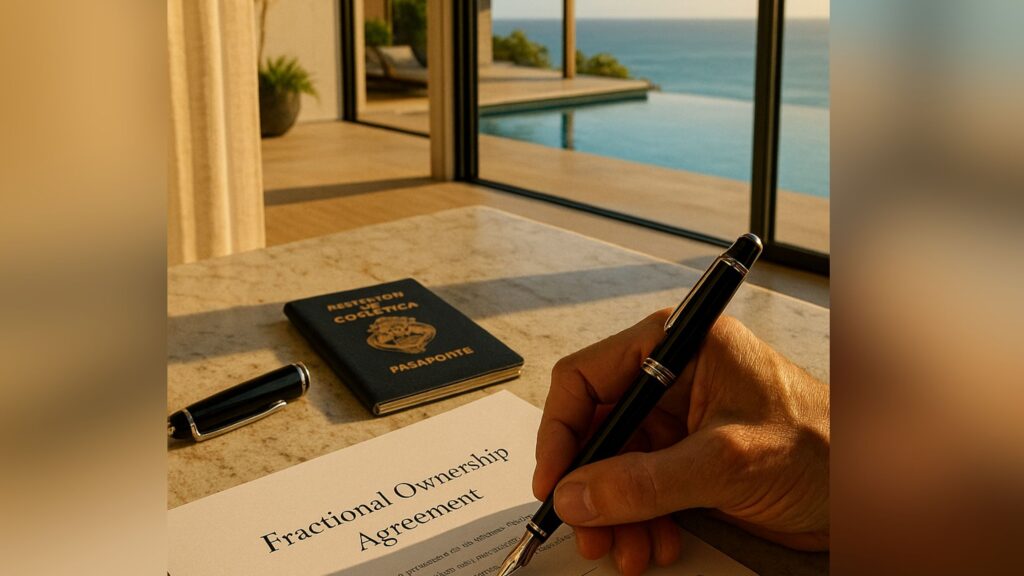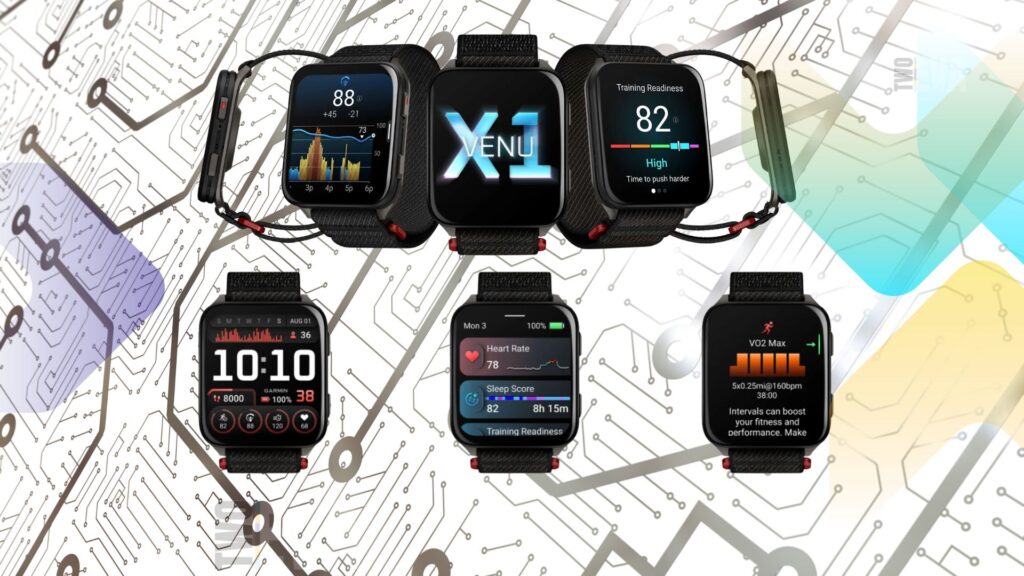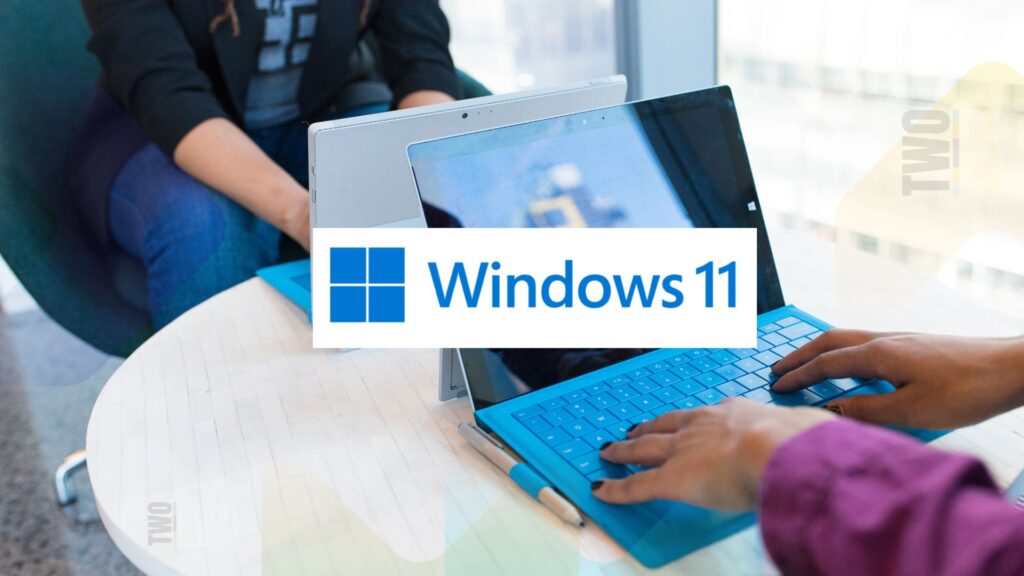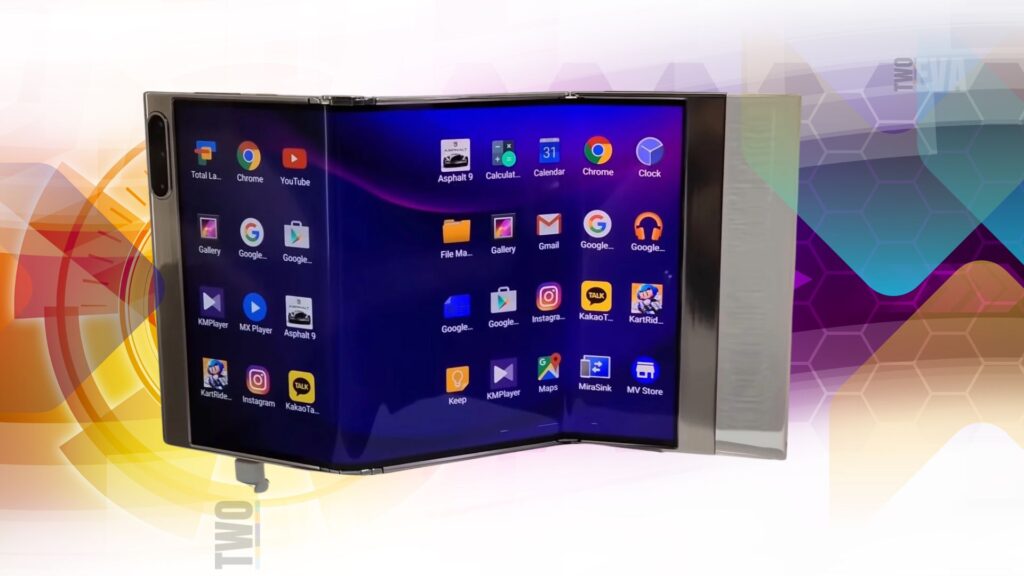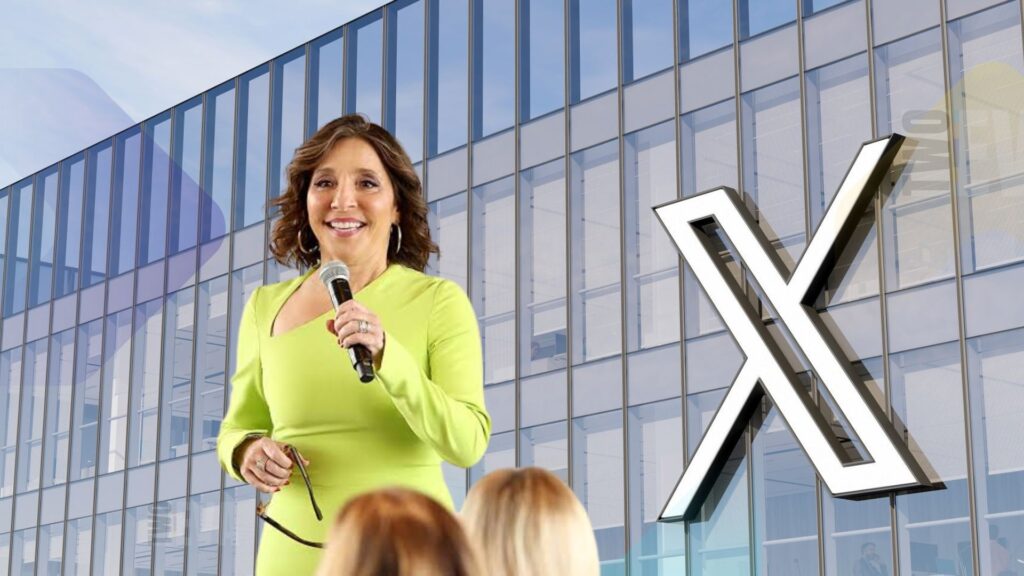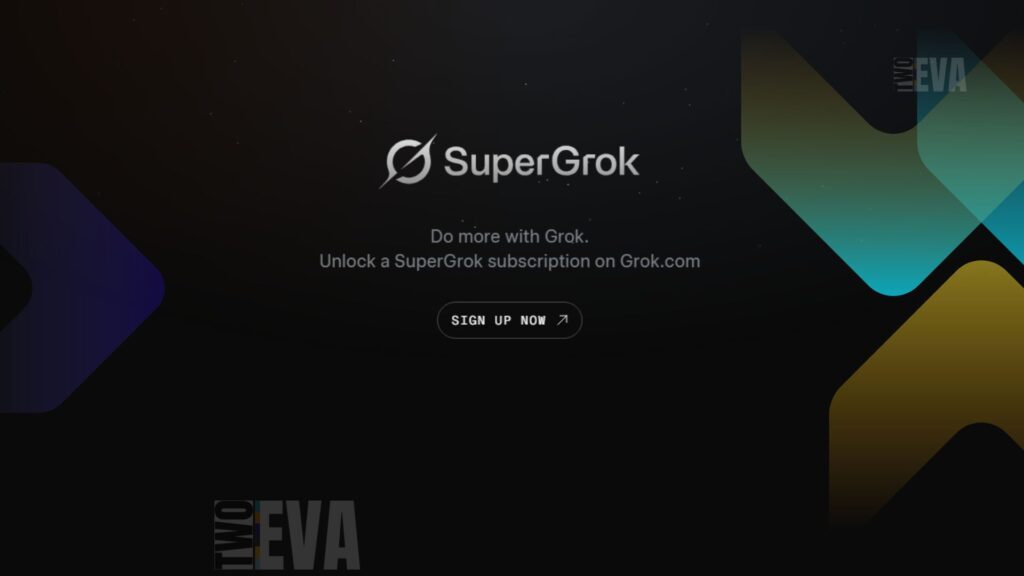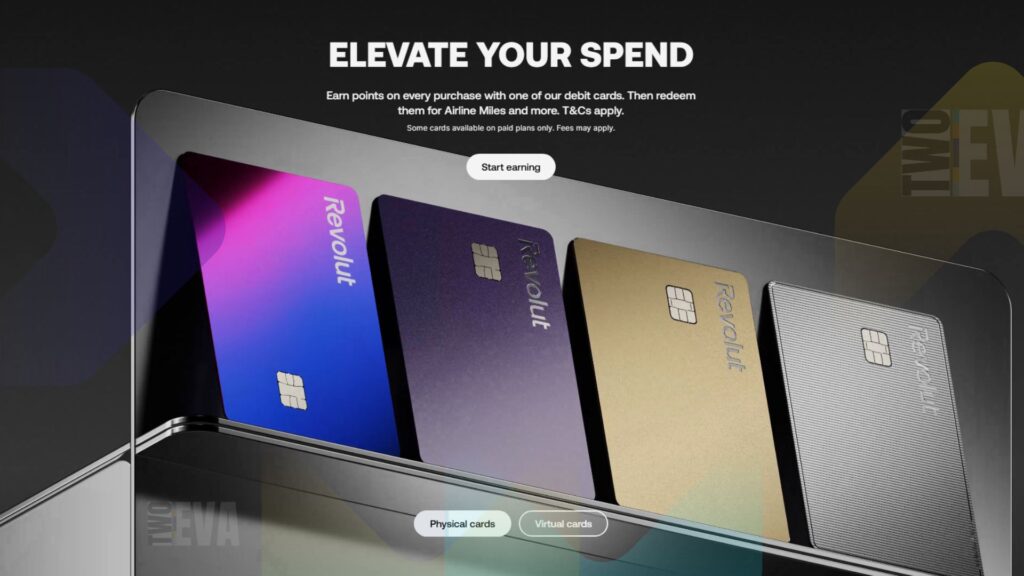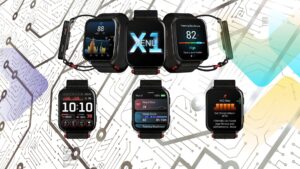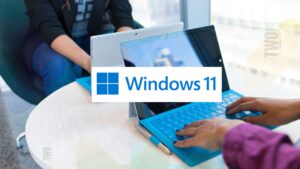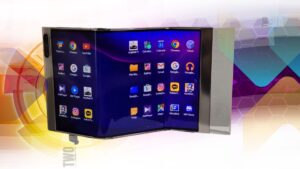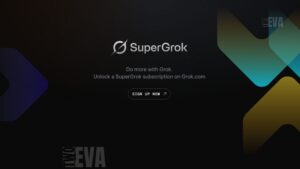YouTube has rolled out a new AI-powered feature called ‘Music Assistant’ within its Creator Music marketplace, offering video creators a way to generate custom, copyright-free instrumental tracks using simple text prompts. The tool, currently available to YouTube Partner Program members in the U.S., allows creators to specify instruments, moods, and even situational contexts—like ‘upbeat ukulele for a beach vlog’—and receive a tailored backing track in seconds. This move aims to simplify the often-frustrating process of sourcing licensed music while reducing the risk of copyright claims.
For years, creators have struggled with licensing hurdles, either paying hefty fees for commercial tracks or risking demonetization for using unlicensed music. ‘Music Assistant’ could be a game-changer, especially for smaller creators who lack the budget for premium soundtracks. As one YouTuber put it, ‘This feels like leveling the playing field—finally, we can focus on creativity without worrying about legal landmines.’
How AI-Generated Music Bridges the Licensing Gap
The feature builds on YouTube’s earlier experiments with AI music, including ‘Dream Track,’ which let users generate short clips mimicking famous artists. However, ‘Music Assistant’ shifts focus to purely instrumental tracks, sidestepping the ethical debates around vocal deepfakes. The AI generates original compositions, meaning no royalties are owed to composers or labels—a stark contrast to traditional licensing models.
| Option | Cost | Copyright Risk | Customization |
|---|---|---|---|
| Commercial Licensing | High | Low | Limited |
| Free Stock Music | Free | Moderate | Limited |
| AI-Generated (Music Assistant) | Free | None | High |
By removing cost and legal barriers, YouTube isn’t just solving a problem—it’s redefining how creators approach background music. ‘It’s like having an on-demand composer,’ noted a tech analyst. ‘The question now is whether traditional composers will see this as competition or just another tool in the ecosystem.’
From Licensing Chaos to AI Solutions
YouTube’s push into AI music didn’t happen overnight. The platform has long grappled with balancing creator needs and copyright enforcement. In 2023, it launched the Creator Music marketplace to streamline licensing, but the process remained cumbersome for many. Meanwhile, services like Epidemic Sound gained traction by offering affordable, royalty-free music—proof of demand for simpler solutions.
The rise of generative AI tools like Lyria, developed by Google’s DeepMind, opened new possibilities. Early tests with artist-inspired tracks sparked backlash over authenticity, prompting YouTube to pivot toward instrumental-only generation. ‘We’re not replacing artists; we’re empowering creators,’ a YouTube spokesperson emphasized. Still, the broader industry remains divided. Some composers worry about devaluation, while others see AI as a collaborator. ‘If it handles the mundane, I can focus on more complex projects,’ one composer admitted.
Creators vs. Composers: A New Balance?
While ‘Music Assistant’ is a win for creators, it raises questions about the future role of human composers. Will AI tools diminish opportunities, or will they free up professionals to tackle more ambitious work? For now, YouTube’s approach seems focused on filling gaps rather than replacing artists outright. The tool’s instrumental-only design suggests a deliberate compromise—addressing creator needs without venturing into the thornier territory of vocal replication.
As the feature rolls out, its success may hinge on transparency. Creators will need clear guidelines to avoid misuse, and composers will want assurances that their craft isn’t being undermined. But for now, the mood is cautiously optimistic. ‘This isn’t the end of human-composed music,’ said an industry insider. ‘It’s just the beginning of a more accessible, creative future.’ Whether that future balances the interests of creators and composers alike remains to be seen—but for YouTube’s partners, at least, the licensing woes may finally be fading.


